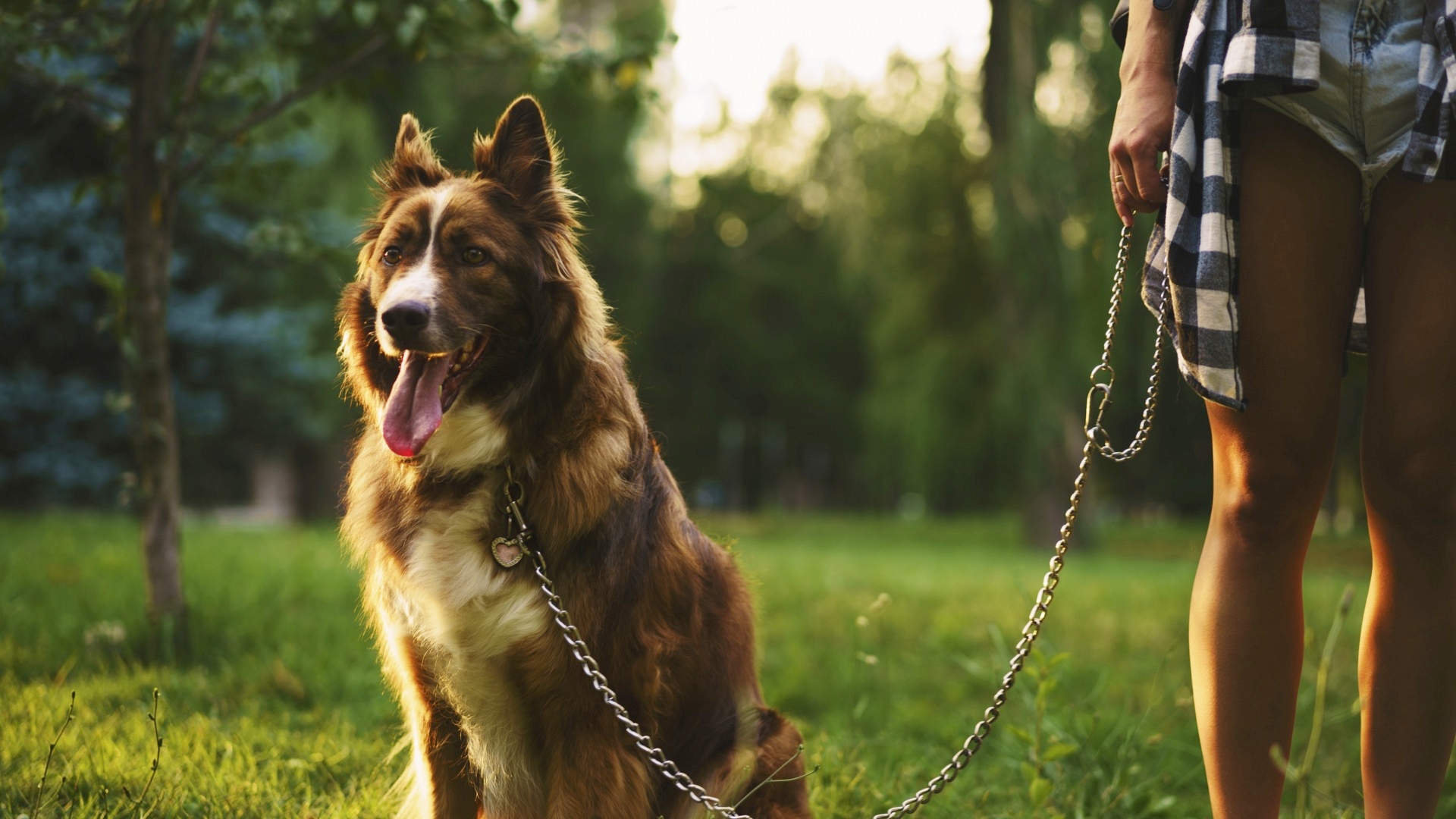Reinforcers In Dog Training:
Summary:
In the teaching stage, you offer positive reinforcement whenever you ask for and get the desired behavior. No corrections are given. Once we move to the correction stage, we correct undesirable behavior. Every time you correct a dog for unwanted behavior (negative reinforcer), you must praise him (positive reinforcer) when he fixes the behavior.
Combining reinforcers
Combining negative reinforcement with positive reinforcement starts in the correction stage of an exercise. Here's an example. Say your dog is tugging on the leash. You say, "No pulling," and quickly step to the right and pop the collar to slightly off-balance the dog. The pop on the collar is negative reinforcement. The dog backs off and stops pulling on the leash to avoid the negative sensation. You instantly say, "Good, no pulling!" in an excited and obviously pleased voice. That's positive reinforcement.
This combination of reinforcers is your most powerful teaching tool and the dog's best learning opportunity. Combining reinforcers sidesteps punishment by giving the dog an acceptable, alternative behavior and helps name that behavior: "No pulling." If you apply the correction effectively each time the dog pulls the leash tight, he'll learn not only that pulling is unacceptable but also what the words "no pulling" means. Once this happens, you can start to substitute a voice correction for a jerk or tug on the leash.
More about reinforcers
In the teaching stage, you offer positive reinforcement whenever you ask for and get the desired behavior. No corrections are given. Once we move to the correction stage, we correct undesirable behavior. Every time you correct a dog for unwanted behavior (negative reinforcer), you must praise him (positive reinforcer) when he fixes the behavior. If the correction is complex, you must praise him with equal energy when correcting that behavior. This is extremely important. When trainers overuse negative reinforcement and/or don't balance it with similar or better positive reinforcement, their dogs begin to lose their will to try. Their enthusiasm wanes. They try to avoid the trainer; they hate the work and look like they have been abused.
Choosing reinforcers
The positive reinforcer you choose will depend on the exercise you're teaching. Specific activities lend themselves to food tidbits, while others lend themselves better to voice praise or physical stroking. A certain amount of discretion is needed here. Food tidbits are very motivating for young dogs, and using them will speed up learning. Eventually, we will want to wean ourselves and the dog from using food so that the dog works primarily for praise. To get ready for this, you must always PRAISE and/or STROKE the dog as you reward him with a food tidbit.
If you start training your dog using food, you must systematically and slowly withdraw food as the primary reinforcer. You can still use food occasionally to reward a job well done. In fact, sometimes rewarding the dog with a motivator in addition to praise is good practice. However, eventually verbal and physical praise need to become the primary reinforcers. Food needs to become a secondary or even a tertiary reinforcer. If paired with positive reinforcers, verbal and physical praise will be more critical than most dogs' food tidbits. The choice of negative reinforcers should be based on the least intrusive option to get the job done. For example, voice correction is less intrusive than a collar correction. If a voice correction will get the desired results, there is no need to apply the more substantial correction


